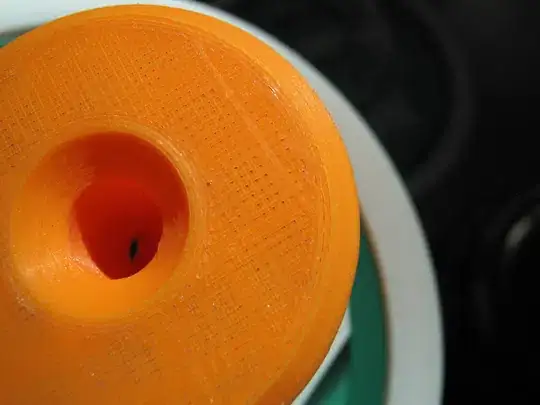I have a Bowden extrusion printer in my garage. (Printing PLA is smelly and is nothing I want to be exposed to for an extended period of time!)
I enclosed the printer within a plastic sheet housing to reduce the energy consumption of keeping the hot bed tempered. I noticed that a strong temperature fluctuation influence how the PLA part turns out.
If I start printing in the morning a print that takes 2 hours to print -- in a cold garage, cold filament, cold tube, I end up with a solid first 4 layers and lacy last 4 layers. The last 4 layer are so thin that they end up to be almost see through.
I am assuming that the PLA and tubing heat expansion difference is the reasoning for that undesired under extrusion phenomenon.
The cold Bowden tube is perhaps expanding more then the PLA filament and the tubing is warming up more quickly being directly exposed to the heat during the heating up of the unit; obviously, the PLA filament is inside the tube and is kept colder for much longer.
How can I solve this -- keeping the printer in the garage? And, would a direct extrusion mod remedy this under extrusion?
Most likely preheating the printer would help, but that would call for an insulation upgrade from plastic sheet to Styrofoam. Insulating the Bowden tube may also be worth trying. (Happy printing.)

